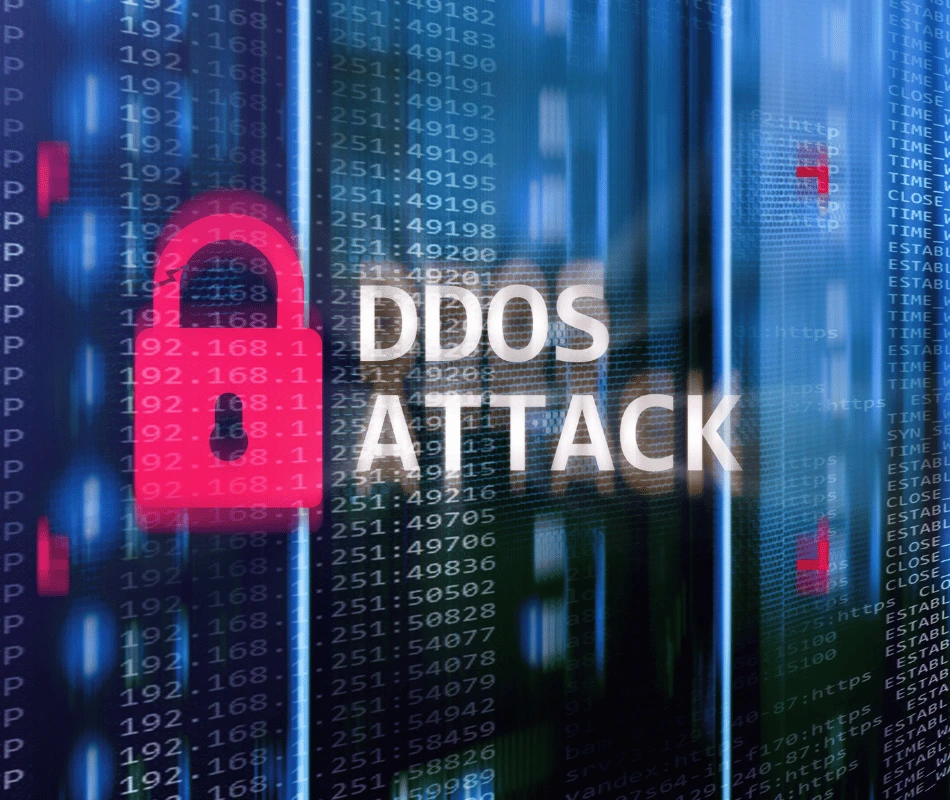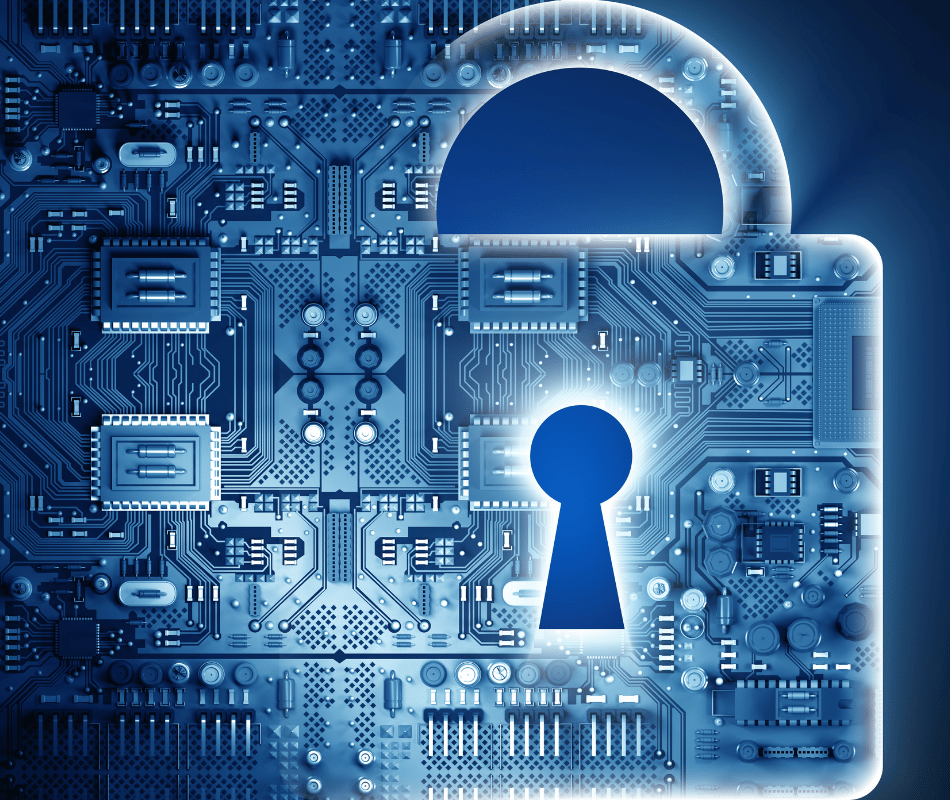In today’s digital age, we rely daily on the Internet for many aspects of our lives. From shopping to banking. We use online services for convenience and efficiency. However, with this relief comes the threat of cybercrime, including phishing, which has become one of the first cybersecurity challenges.

What is phishing?
Fraud or phishing (phishing) is a type of cyberattack, which uses manipulation and deception to obtain sensitive information for users, such as passwords and financial credits. These attacks are often effective, and they often appear to come from reliable sources such as well-known companies or official institutions by speaking on behalf of these sources. Whether through text messages or mail, to illegally steal and use personal data.
Methods of fraud
As technological advances increase, phishing forms have evolved considerably. It has become even more complicated over the years, with attackers using social engineering methods to deceive users and make them provide their data. For example, an attacker may send an email in the name of a known bank, asking the user to update the information for some reason, the email may contain a link that converts the user to a fake page tracking the attacker, where he is asked to enter his login credentials.
Similarly, one common method of fraud, phishing that targets specific individuals or groups, with ad hoc messages that appear to be from a reliable source, is simulated with targets’ concerns and preferences, to be more convincing.
Thus, fraud can be in multiple forms, such as email, phone calls, text messages, as well as social media, but they all share that they use names that the victim considers reliable.
You may also like: What is Malware?
Protection from phishing or fraud
Phishing attacks can have harmful effects on individuals and institutions. They may result in financial loss, identity theft, and infringement of data privacy. However, some steps can be taken to ensure that such attacks are not subjected to:
1. Be vigilant
You can be careful when receiving emails or messages requesting personal information or containing suspicious links or attachments. You should always check the sender’s email address and validity before responding or clicking on any links.
2. Use powerful passwords
Use complex passwords that are difficult to guess. You also have to change it permanently. You should also avoid using the same password for multiple accounts.
3. Bilateral authentication
Binary authentication adds a layer of security to your online accounts. This is by requesting a second form of verification, such as the code sent to your phone or email for example.
4. Installing antivirus software
Install antivirus software. And then keep it updated to protect your computer from malware and other threats.
5. Update Apps
Update apps periodically, as they will contain the latest security patches.
6. Stay informed
Identify common security threats. See the latest phishing methods, such as fake bank emails, lottery scams, IRS scams, and others.
Exposure to fraud
If you fall victim to phishing, it is important to act quickly so that the damage is not significant. First, change your passwords. The party concerned was then informed of the attack. Like your bank. In addition, you should seek help from a cybersecurity specialist. To recover any lost data or stolen accounts. In addition to preventing future attacks and possible damage.
Phishing is therefore a serious cybersecurity threat and can have serious consequences for individuals and institutions. However, by staying informed and taking proactive measures to protect your personal information, you can help prevent these types of attacks, thereby keeping your data safe.


